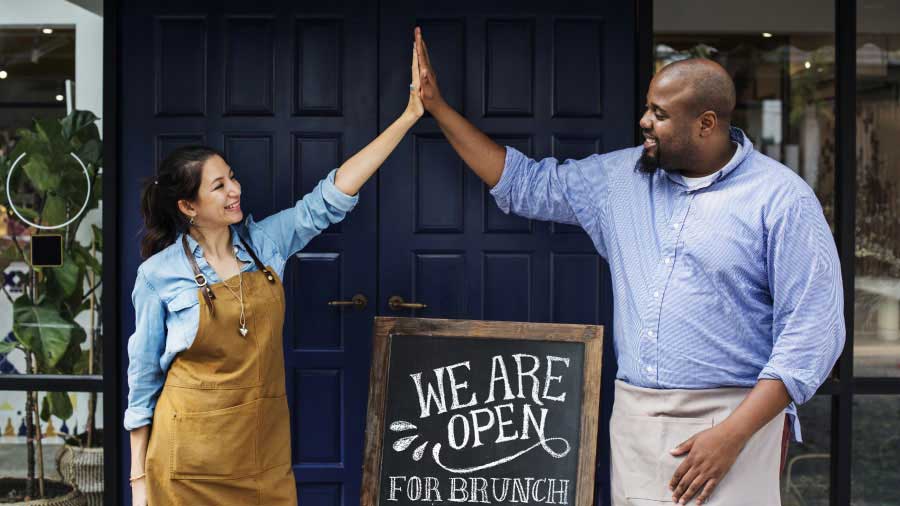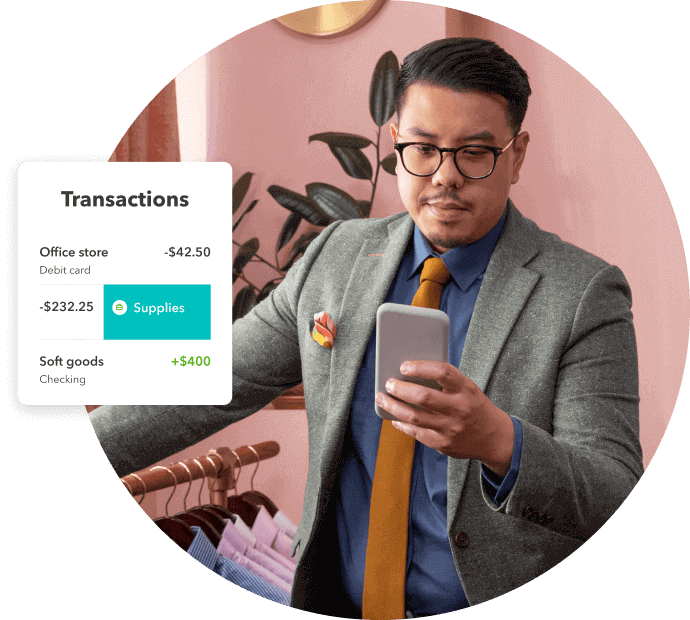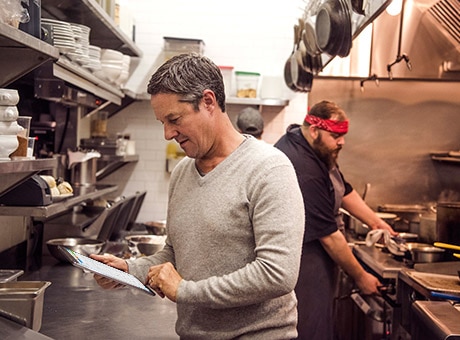6. Research permits, bylaws, and regulations
In order to legally operate your restaurant in any given province of Canada, you must possess the proper licenses and permits at the provincial and federal levels. You will need to register your business with the provincial government and obtain a business number at the federal level.
Depending on your business’s structure, whether it is a sole proprietorship, partnership, or corporation- you will need to file the corresponding application with the federal government.
You must also be aware of the many other permits and regulations to apply for before you can successfully open a restaurant. For example, if you’re planning on selling alcohol on-premises, you will need to obtain the required liquor license to do so. You will also need to acquire the correct parking lot permits if your restaurant will have a parking area.
With all of this in mind, now is the time to research and apply for the correct paperwork concerning the restaurant industry:
- Restaurant insurance
- Federal and provincial business licenses and permits
- Taxation on restaurant services
- Food safety regulations
- Public Health Inspection
- Accessibility compliance
To help you determine what your restaurant must apply for, the Government of Canada has created this license and permit database, allowing individuals to search by location and industry for their needed paperwork.




